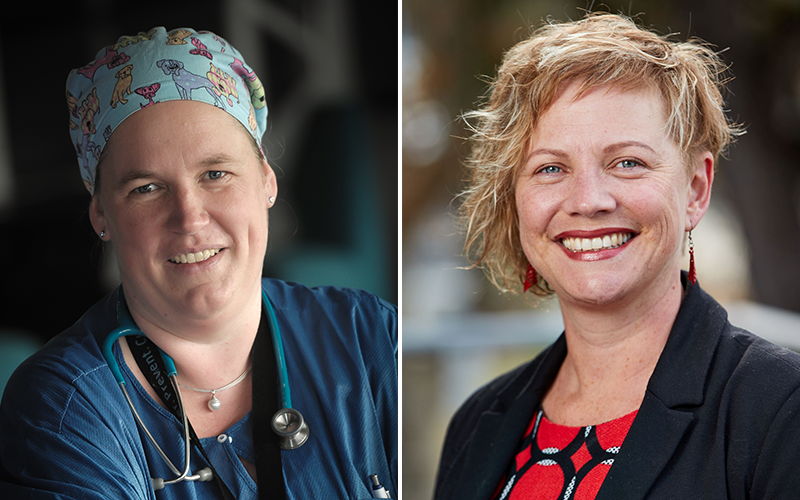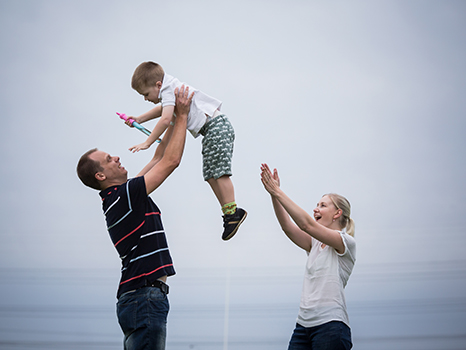Search
Research
Risk assessment and optimization strategies to reduce perioperative respiratory adverse events in pediatric anesthesia—Part 1 patient and surgical factorsPediatric surgery cases are increasing worldwide. Within pediatric anesthesia, perioperative respiratory adverse events are the most common precipitant leading to serious complications.
Research
N95-masks to protect health care workers: Is the new fast fit-test protocol cutting corners?Britta Regli-von Ungern-Sternberg AM FAHMS MD, PhD, DEAA, FANZA Chair of Paediatric anaesthesia, University of Western Australia; Consultant
Research
Difficult intubation in syndromic versus nonsyndromic forms of micrognathia in childrenWe investigated how syndromic versus nonsyndromic forms of micrognathia impacted difficult intubation outcomes in children. Primary outcome was the first-attempt success rate of tracheal intubation, secondary outcomes were number of intubation attempts and complications. We hypothesized that syndromic micrognathia would be associated with lower first-attempt success rate.
Research
Patient positioning and its impact on perioperative outcomes in children: A narrative reviewPatient positioning interacts with a number of body systems and can impact clinically important perioperative outcomes. In this educational review, we present the available evidence on the impact that patient positioning can have in the pediatric perioperative setting. A literature search was conducted using search terms that focused on pediatric perioperative outcomes prioritized by contemporary research in this area.
Research
Impact of a revised postoperative care plan on pain and recovery trajectory following pediatric tonsillectomyA previous cohort of adenotonsillectomy patients at our institution demonstrated moderate-severe post-tonsillectomy pain scores lasting a median (range) duration of 6 (0-23) days and postdischarge nausea and vomiting affecting 8% of children on day 1 following surgery. In this subsequent cohort, we evaluate the impact of changes to our discharge medication and parental education on post-tonsillectomy pain and recovery profile.
Research
The impact of surgical cancellations on children, families, and the health system in an Australian paediatric tertiary referral hospitalReasons for elective surgery cancelations and their impact vary from one institution to another. Cancelations have emotional and financial implications for patients and their families. Our service has a particularly broad and geographically diverse patient population; hence, we sought to examine these impacts in our service.

News & Events
Paediatric anaesthetist named a WA Young Tall PoppyA leading paediatric anaesthetist and researcher focused on making anaesthesia safer and more comfortable for children has been named a 2022 Western Australian Young Tall Poppy.

The vision of the Perioperative Medicine Team is to make discoveries that will improve children’s perioperative care and lead to global practice change.
Research
Prior administration of chocolate improves the palatability of bitter drugs: The Choc-with-Med studyThe paediatric population has a low adherence and acceptance rate of unpalatable medicines. This study aimed to determine whether eating chocolate immediately prior to drug administration would help to mask the bitter taste of a drug. The difference in taste masking efficacy between white, milk and dark chocolate was a secondary measure outcome.
Research
Error traps in pediatric difficult airway managementDifficult airway management in children is associated with significant morbidity. This narrative review on error traps in airway management aims to highlight the common pitfalls and proposes solutions to optimize best practices for pediatric difficult airway management. We have categorized common errors of pediatric difficult airway management into three main error traps.
